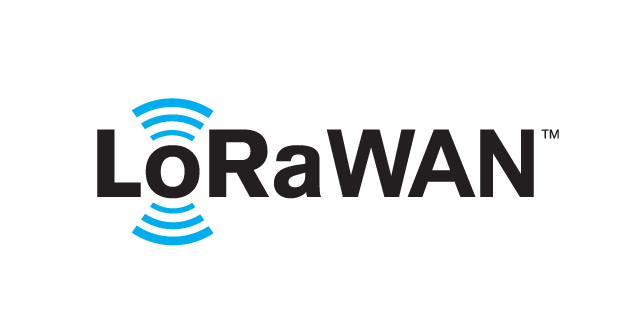LoRaWAN™ is a Low Power Wide Area Network (LPWAN) specification intended for wireless battery operated Things in a regional, national or global network. LoRaWAN targets key requirements of Internet of Things such as secure bi-directional communication, mobility and localization services. The LoRaWAN specification provides seamless interoperability among smart Things without the need of complex local installations and gives back the freedom to the user, developer, businesses enabling the roll out of Internet of Things.

Low Power Wide Area Network
When sensors or actuators must be connected to the internet in a very large area a short range radio protocol such as Zigbee or WiFi just isn't the right option. A LPWAN (Low Power Wide Area Network) such as LoRaWAN is a much better solution. A sensor can speak to a LoRaWAN gateway up to 10km or more in rural area and 2km or more in cities.
Set and forget
LoRaWAN sensors are typically designed as set-and-forget devices. This means they are installed in hars environments and must be completely waterproof and dust proof. LoRaWAN technology transeivers don't use a lot of power and when transmission interval's are low (like 4 times a day) the field sensors can last for more than 10 years.
Star-of-stars topology, or standalone?
LoRaWAN network architecture is typically laid out in a star-of-stars topology in which gateways is a transparent bridge relaying messages between end-devices and a central network server in the backend. Gateways are connected to the network server via standard IP connections while end-devices use single-hop wireless communication to one or many gateways. DPTechnics is the only company who integrated all layers into their open LoRaWAN gateway which makes a private LoRaWAN deployment independant of the cloud.
